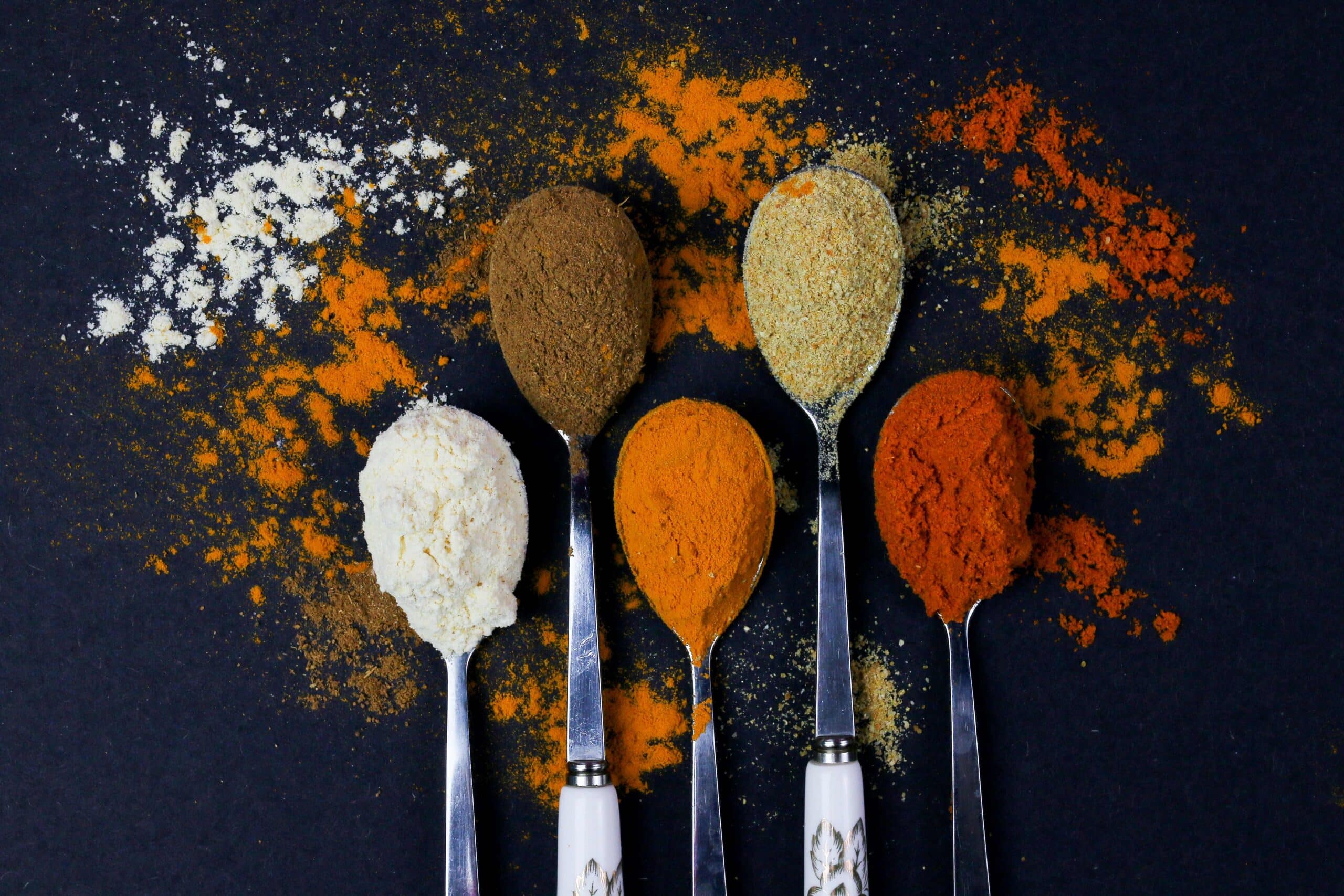Delving into the world of North African cuisine, one quickly encounters a symphony of flavours, colours, and aromas, central to which is the Tunisian spice blend. Often referred to as Tabil, this aromatic blend forms the backbone of countless traditional Tunisian dishes, bestowing them with a warmth and depth of flavour that is both unique and tantalising.
Tunisian spice blend, or Tabil, is a testament to Tunisia’s rich culinary heritage, its composition reflecting the country’s history as a crossroads of various cultures, traditions, and trade routes. Here, we’ll explore the key ingredients of this enchanting spice blend, and their roles in creating its signature flavour profile.
Coriander Seeds: A cornerstone of the Tunisian spice blend, coriander seeds are renowned for their warm, slightly citrusy flavour that imparts a delightful hint of sweetness. Coriander seeds are often lightly toasted before being ground, which serves to enhance their natural aroma and intensify their flavour.
Garlic: Tunisian cuisine is characterised by its generous use of garlic, and Tabil is no exception. The pungent, spicy tones of garlic add an unmistakable depth and complexity to the spice blend, providing a robust counterpoint to the milder ingredients.
Caraway Seeds: This powerful spice brings an earthy, slightly sweet taste with a hint of citrus, subtly infusing the blend with its characteristic aroma. Caraway seeds are also believed to offer a range of health benefits, including aiding digestion and reducing inflammation.
Cayenne Pepper: For an authentic Tabil, a touch of heat is essential. This is usually provided by cayenne pepper, which contributes a fiery kick that elevates the other flavours without overwhelming them. Depending on personal taste, the amount of cayenne pepper can be adjusted to control the level of heat in the blend.
Turmeric: This golden-hued spice is known for its warm, peppery flavour and numerous health benefits. Turmeric imparts a vibrant colour to the Tunisian spice blend, while its mildly bitter undertones help to balance the sweeter elements.
Creating a Tunisian spice blend involves a delicate balancing act, adjusting quantities of each ingredient until the perfect harmony of flavours is achieved. While the ingredients listed above form the core of traditional Tabil, variations may include other spices such as cumin, fennel seeds, or dried mint, offering endless opportunities for personalisation and experimentation.
Making your own Tunisian spice blend
If you can’t find Tunisian spice blend in your local market, try making it at home. Begin by taking two tablespoons of coriander seeds and one tablespoon of caraway seeds. Toast these spices lightly in a dry pan over medium heat until they become fragrant. Then, allow them to cool. Once cooled, transfer these toasted seeds into a spice grinder, along with two teaspoons each of dried garlic powder and turmeric, and one teaspoon of cayenne pepper (adjust this quantity to suit your heat preference).
Grind all the ingredients together until they form a fine powder. This homemade Tabil can be stored in an airtight jar, and kept in a cool, dark place for up to six months, ready to add a burst of Tunisian flavour to your dishes at a moment’s notice. Remember, this is just a basic version, and the beauty of making your own spice blend is the ability to tweak and adjust the ingredients to suit your personal taste. Whether you prefer it spicier, sweeter, or milder, the choice is entirely yours.
To experience the full potential of this exotic spice blend, incorporate it into traditional Tunisian recipes, such as couscous, stews, or grilled meats. A spoonful of Tabil can transform a simple dish into a culinary masterpiece, adding a dash of North African magic to your cooking.
Image Credit: Tamanna Rumee on Unsplash



















